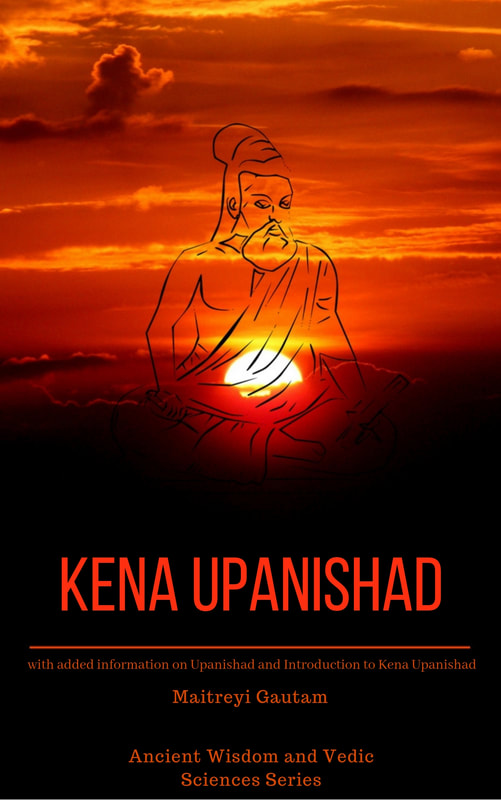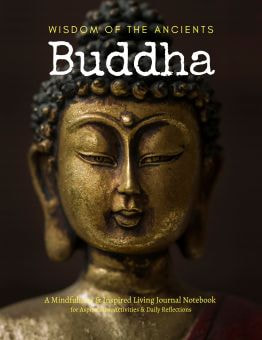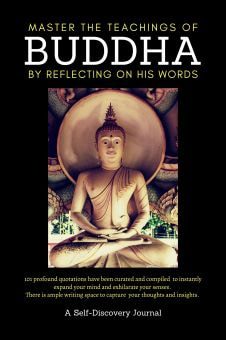Mohiniyattam is one of the eight recognized classical dance forms of India, originating from the southern Indian state of Kerala. The dance form is known for its delicate and graceful movements, lyrical beauty, and a focus on the portrayal of the feminine form.
The name "Mohiniyattam" can be broken down into two parts: "Mohini," referring to a female avatar of the Hindu god Vishnu, and "attam," meaning dance. Mohini is a mythological enchantress who captivates her audience with her beauty and charm, and the dance form reflects this theme in its style and expression.
Here are some key features of Mohiniyattam:
Mohiniyattam has a rich history that dates back to the temples of ancient Kerala. The dance form has undergone several transformations over the years and was revived in the 20th century by dedicated dancers and scholars. Today, Mohiniyattam is a vibrant and cherished part of India's cultural heritage.
The name "Mohiniyattam" can be broken down into two parts: "Mohini," referring to a female avatar of the Hindu god Vishnu, and "attam," meaning dance. Mohini is a mythological enchantress who captivates her audience with her beauty and charm, and the dance form reflects this theme in its style and expression.
Here are some key features of Mohiniyattam:
- Feminine Grace: Mohiniyattam is characterized by its graceful, swaying movements, which give the dance a soft and flowing appearance. The dance form emphasizes the portrayal of the feminine form and the expression of female emotions.
- Costume: The traditional costume for Mohiniyattam is a white or off-white saree with a golden border, worn in a distinctive style that highlights the dancer's form. The dancer also wears gold jewelry, a simple headpiece, and jasmine flowers in the hair.
- Facial Expressions: Abhinaya, or expressive acting, is a crucial aspect of Mohiniyattam. Dancers use subtle facial expressions to convey a wide range of emotions, bringing the stories and characters to life. The eyes play a particularly important role in the expression.
- Hand Gestures: Like other classical Indian dance forms, Mohiniyattam uses a vocabulary of hand gestures, or mudras, to tell stories and convey emotions. These gestures are combined with movements of the body and face to create a rich and expressive performance.
- Music: Mohiniyattam is performed to music based on the Carnatic style of South Indian classical music. The accompaniment typically includes vocalists, a mridangam (drum), an edakka (hourglass-shaped drum), a veena (stringed instrument), and a violin or flute.
- Themes: The themes for Mohiniyattam are usually drawn from Hindu mythology, particularly the stories of Lord Krishna, as well as the poetry of classical Sanskrit and Malayalam poets. The dance form often explores the themes of love, devotion, and the relationship between the divine and the human.
Mohiniyattam has a rich history that dates back to the temples of ancient Kerala. The dance form has undergone several transformations over the years and was revived in the 20th century by dedicated dancers and scholars. Today, Mohiniyattam is a vibrant and cherished part of India's cultural heritage.






















